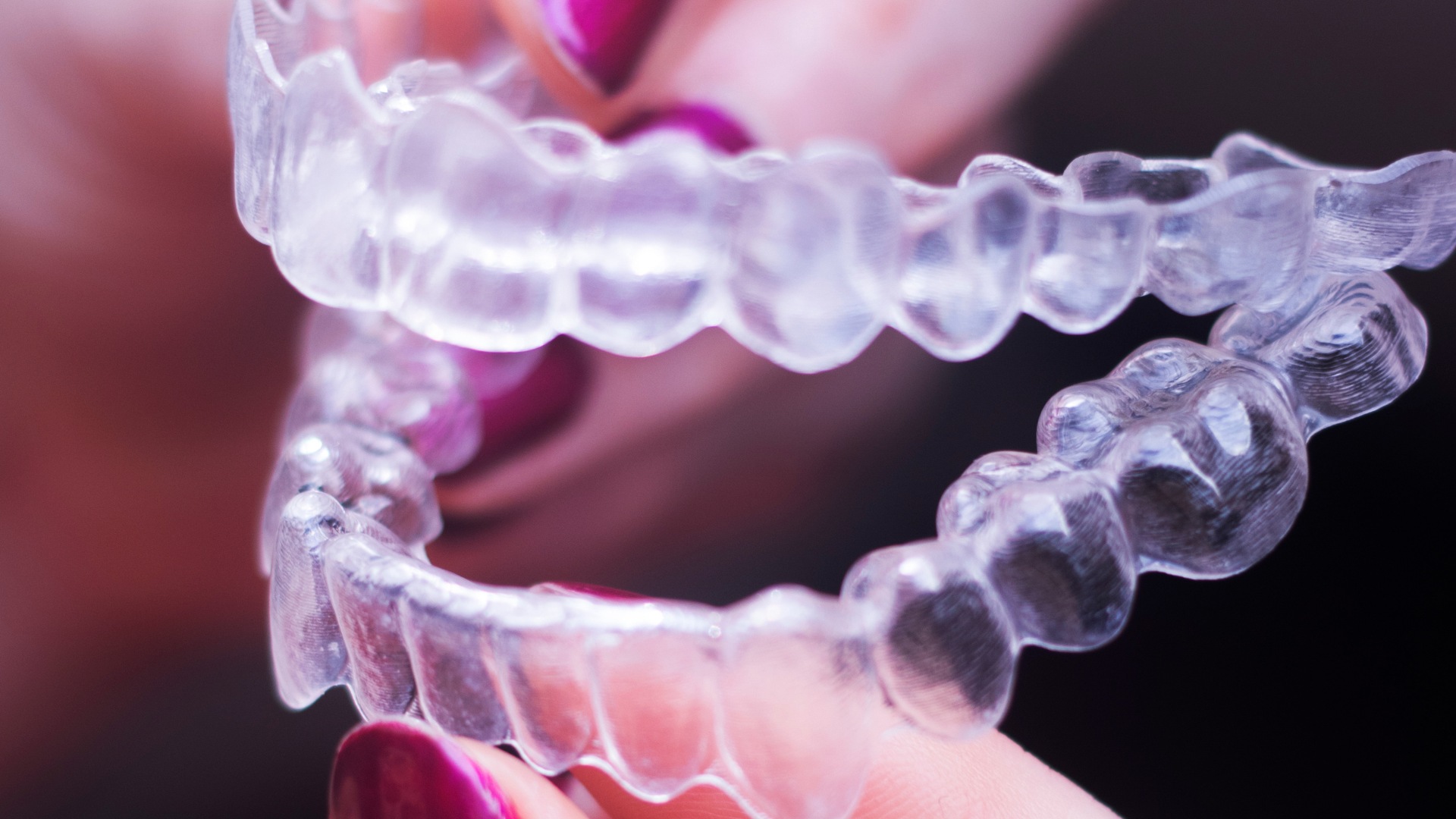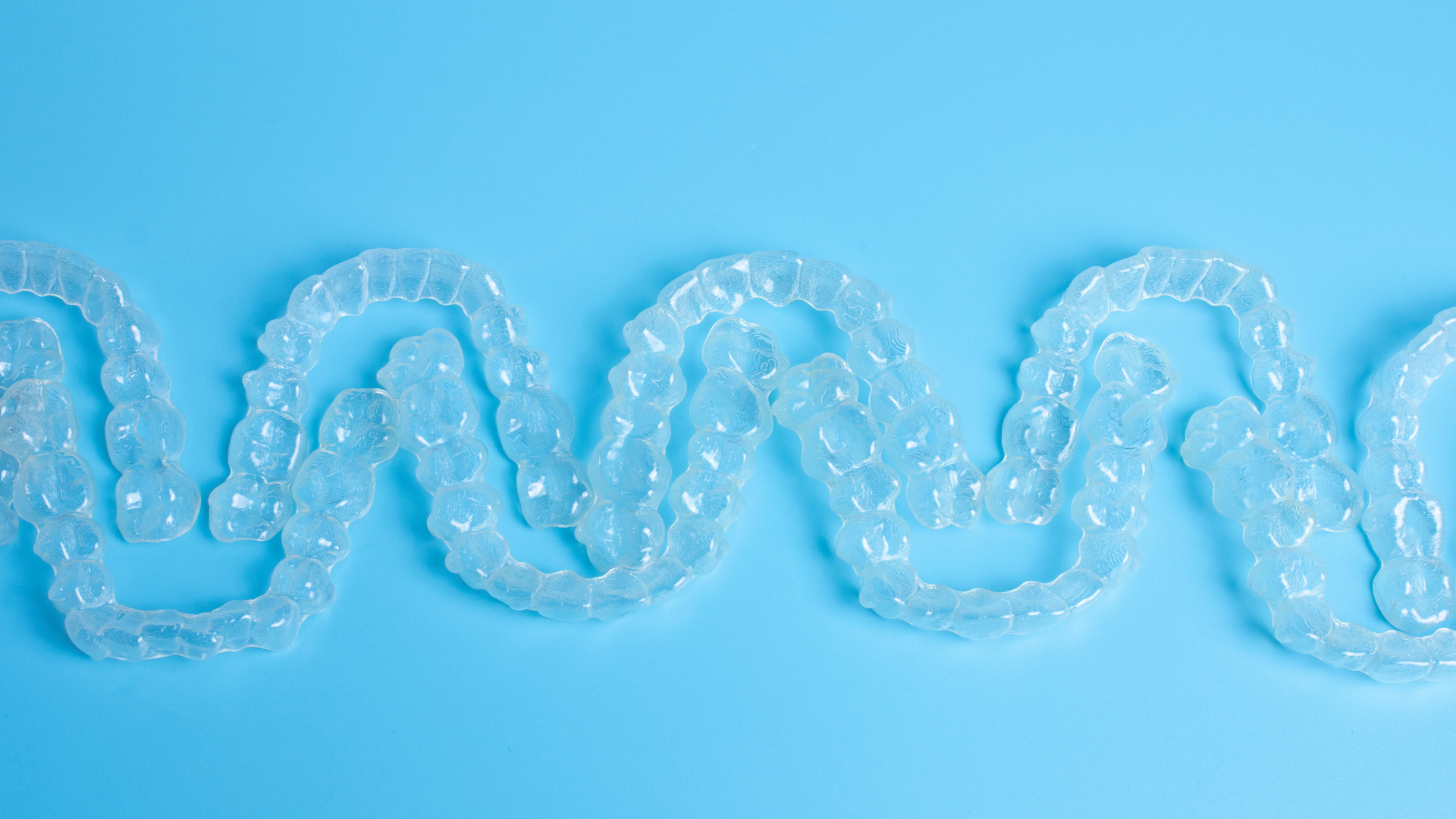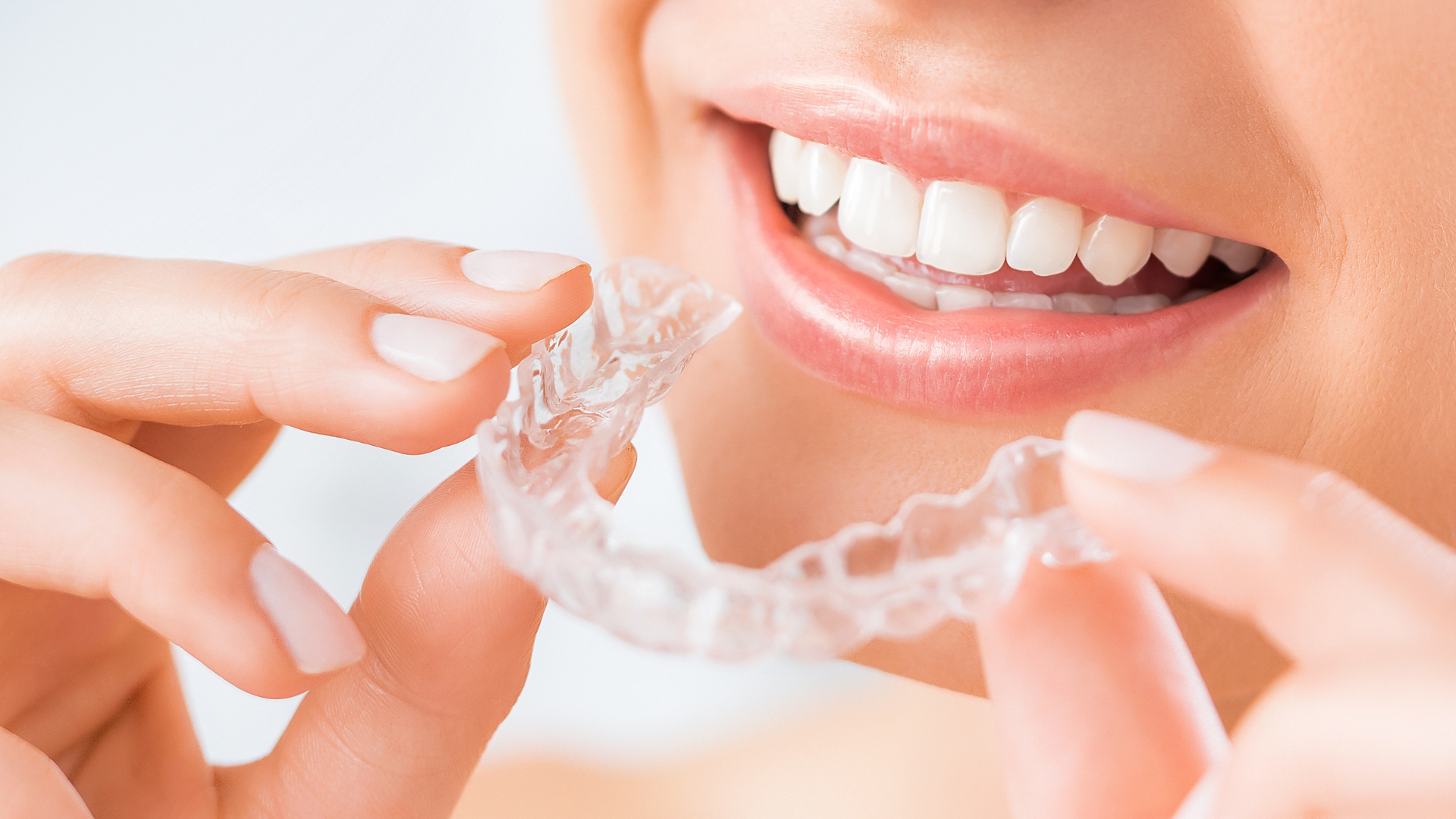What Can You Eat with Invisalign? A Guide for Clear Aligner Users
Understanding Invisalign and Eating Habits
Invisalign has become one of the most popular orthodontic treatments for achieving a straighter smile without the look of traditional braces. One of the biggest benefits of clear aligners is flexibility—unlike braces, you don’t have to avoid sticky or crunchy foods altogether. However, Invisalign does come with specific rules when it comes to eating and drinking. Understanding these guidelines ensures you get the best results while keeping your aligners in great shape.
Can You Eat with Invisalign In?
A common question from patients is, “Can I eat with my Invisalign aligners on?” The simple answer is no. Eating with aligners can damage the trays, stain them, and reduce their effectiveness. Aligners are designed to withstand pressure from gentle tooth movement, not chewing. To protect your investment and treatment progress, always remove them before eating meals or snacks.
What You Can Drink While Wearing Aligners
While food is off-limits, you can drink water with your aligners in place. Any other beverage—such as coffee, tea, soda, or wine—can stain or warp the plastic. Hot drinks are especially damaging since heat can change the shape of your aligners, making them less effective. For everything except water, it’s best to remove your trays first and rinse your mouth before putting them back in.
Eating Safely with Invisalign: General Guidelines
When it comes to eating with Invisalign, the golden rule is to always remove your aligners before meals or snacks. After eating, rinse your mouth and brush your teeth whenever possible before reinserting your trays. If brushing isn’t an option, at least swish with water to minimize bacteria and staining. Keeping your aligners clean ensures they stay invisible and effective throughout treatment.
The Best Foods for Invisalign Users
The good news is that Invisalign doesn’t come with the same strict food restrictions as braces. Since you remove your trays, you can enjoy crunchy apples, sticky caramel, or chewy bread without worry. However, it’s smart to focus on foods that promote dental health and minimize residue. Fresh fruits, vegetables, lean proteins, and whole grains not only fuel your body but also help keep your smile healthy during treatment.
Foods to Limit for Better Oral Health
Although no foods are completely off-limits with Invisalign, certain items can make your daily routine more challenging. Sugary snacks and acidic foods can contribute to plaque buildup if you don’t brush right away. Hard candies or very crunchy foods may cause discomfort when you put your aligners back in, especially after adjustments. Moderating these foods helps protect both your aligners and your overall oral health.
Snacking with Invisalign: A Different Experience
One of the biggest adjustments Invisalign users face is reducing the frequency of snacking. Since you need to remove and clean your aligners each time you eat, frequent snacking becomes less convenient. Many patients find this change beneficial—it encourages healthier eating habits and reduces unnecessary sugar exposure on teeth. Planning your meals and snacks strategically helps you adapt smoothly to this new routine.
Invisalign and Dining Out
Eating at restaurants with Invisalign requires a little planning. Always carry your aligner case so you can remove your trays discreetly before a meal. Rinse your aligners before placing them back in, and avoid wrapping them in napkins where they might get thrown away by mistake. With a bit of preparation, you can enjoy your favorite dining experiences without disrupting your treatment.
Traveling with Invisalign and Food Choices
Traveling introduces new food opportunities, and Invisalign shouldn’t hold you back from enjoying them. Pack a travel-sized toothbrush, floss, and your aligner case to stay on track while exploring new cuisines. If brushing isn’t immediately possible, rinsing with water after meals helps until you can properly clean your teeth. With good habits, your treatment stays on course wherever your adventures take you.
How Invisalign Helps You Build Better Habits
Interestingly, many patients find that Invisalign encourages healthier eating and oral hygiene routines. Since aligners require brushing after meals, people tend to snack less and make better food choices. The process builds discipline that not only improves your smile but also supports long-term dental health. Invisalign isn’t just about alignment—it’s about lifestyle improvements, too.
Common Myths About Eating with Invisalign
There are misconceptions that Invisalign limits your diet like traditional braces. In reality, because trays are removable, you can enjoy nearly all your favorite foods as long as you practice proper care. Another myth is that aligners can withstand chewing—they cannot, and attempting to eat with them can cause breakage. Understanding the truth behind these myths helps you make the most of your treatment.
Final Thoughts: Eating Smart with Invisalign
Eating with Invisalign is simple once you understand the do’s and don’ts. Remove your trays before meals, clean your teeth afterward, and enjoy a wide variety of foods without restriction. By following these habits, you’ll keep your aligners clear, your teeth healthy, and your treatment on track.
For more guidance, explore our related blog on
Maintaining Your Invisalign: Tips for Optimal Results or learn more about
How Veneers Reshape First Impressions. If you have any questions or are ready to get started with Invisalign, reach out today—we’re here to help you achieve your best smile.





